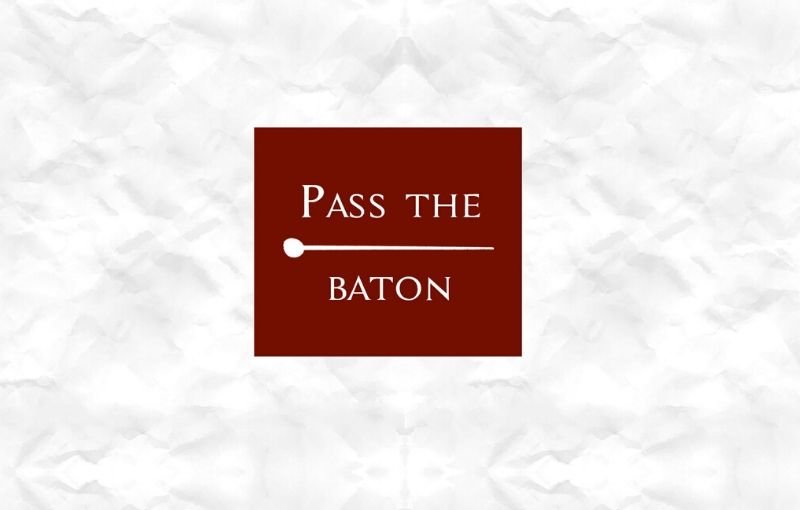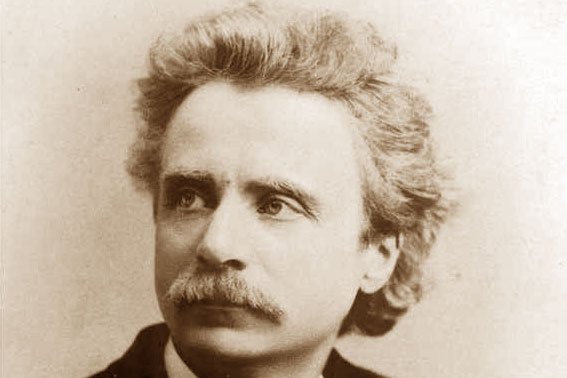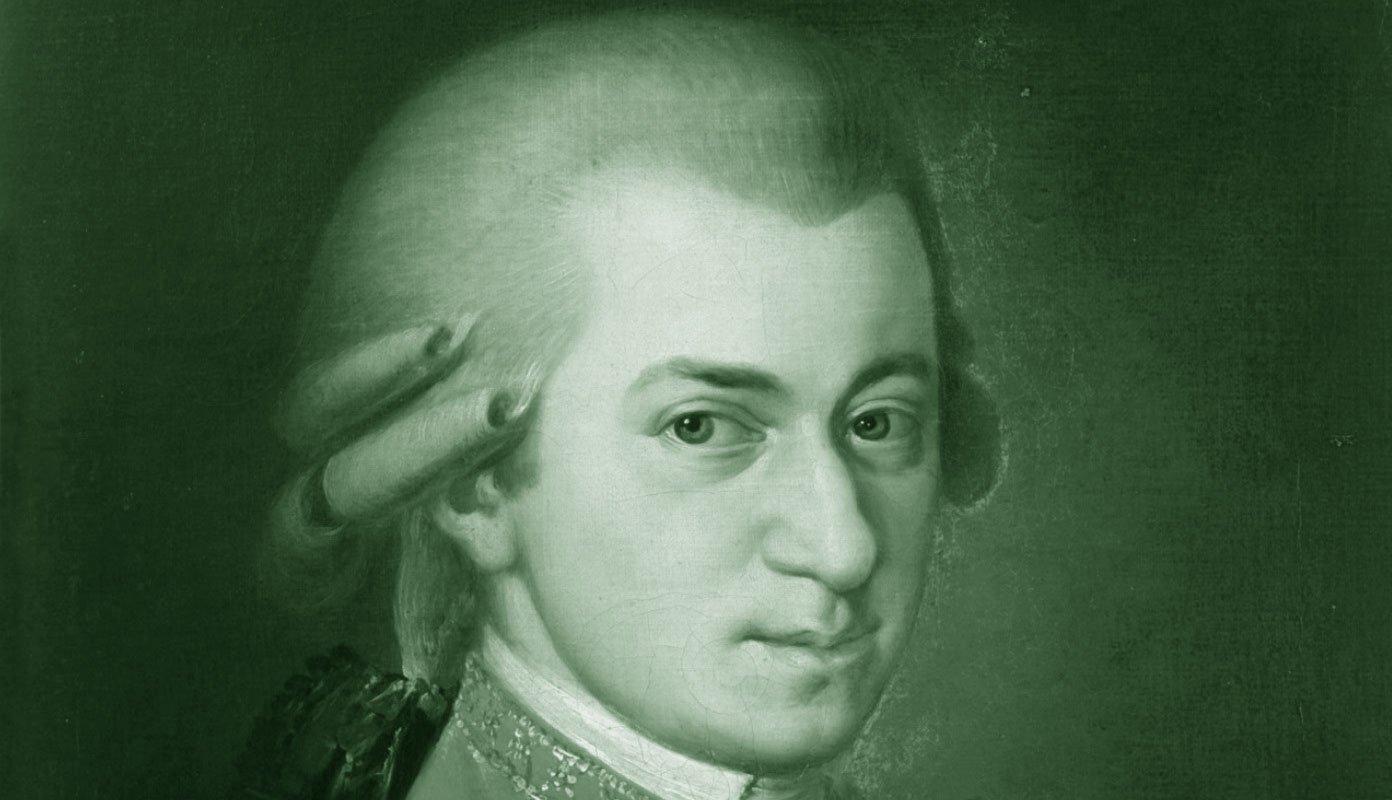Seguidilla murciana: origins
Second song of the Siete canciones populares españolas, the seguidilla is an old dance form in quick triple time. The name is a diminutive of seguida (from seguir, “to follow”).
It originated either in the region of Don Quixote (La Mancha) or in Andalusia and subsequently spread over Spain with a number of variants: manchega (from La Mancha), sevillana (from Seville), murciana (from Murcia). A very popular dance, you can find it in flamenco as well as opera, like in Bizet’s Carmen or Offenbach’s La Périchole.
The short lyrics begin with a tell-off and move on to compare the person who somehow hurt the speaker to a coin that gets passed from hand to hand till it is consumed and has lost all of its value.
Seguidilla murciana: structure and analysis
The structure is fairly simple, like in the first song: A-A1-coda. The melody, moves within the range of a sixth, F do D, enriching the ending of each phrase with a little melisma.
What really dominates the entire piece is, once again, the piano: an almost constant pedal of repeated C fills the song from the beginning to the end. De Falla makes it more interesting by adding a chromatism to the pedal, enriching the harmony and keeping the tension.
By the way, as you can see from the text below, horsemen are mentioned in the story.
Lyrics
Cualquiera que el tejado
Tenga de vidrio,
No debe tirar piedras
Al del vecino.
Arrieros semos;
¡Puede que en el camino
Nos encontremos!
Por tu mucha inconstancia
Yo te comparo
Con peseta que corre
De mano en mano;
Que al fin se borra,
Y créyendola falsa
¡Nadie la toma!
Who has a roof
of glass
should not throw stones
to their neighbor’s (roof).
Let’s be muleteers;
It may happen that on the road
we will meet!
Because of your great inconstancy,
I compare you
to a coin passing
from hand to hand;
which eventually is consumed, and, believing it false,
no one accepts it anymore!
Here you can find all the articles related to the Siete













0 Comments